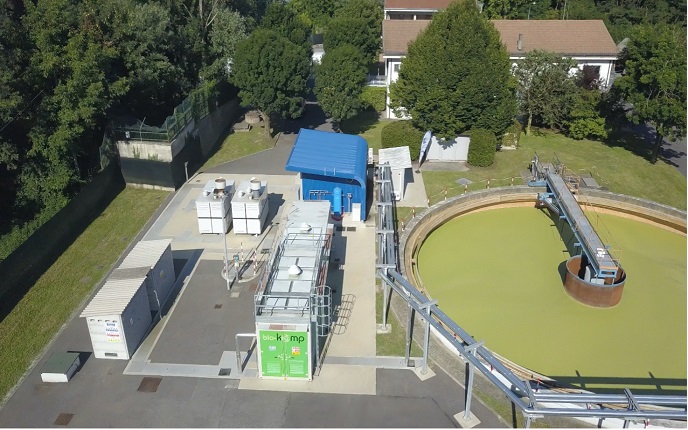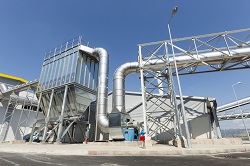Palladium membranes to optimise hydrogen production
In the race to cut emissions of greenhouse gases, hydrogen-powered fuel cells are expected to make a significant contribution. One of the main challenges, however, is to produce hydrogen from renewable energy sources in a cost-effective manner. The Energy, Environment and Sustainable Development Programme is leading the way by funding research to increase process efficiencies and lower costs. SUPERHYDROGEN, a project targeting the production of hydrogen from biomass and waste using supercritical water gasification, is an example of this effort. The University of Warwick, a member of the SUPERHYDROGEN consortium, experimented with catalytic membranes made from palladium. Using advanced techniques, the British engineers managed to deposit an extremely thin, uniform layer of palladium on a porous ceramic substrate. Remarkably, they were able to achieve thicknesses in the order of just 3-10 microns without rupturing the membrane. Laboratory tests of the prototype indicated excellent performance characteristics with respect to hydrogen production rates and purities. The economics of the technology also proved attractive. The final hurdle prior to proceeding with commercialisation entails demonstrating the reliability of the membrane production process.







